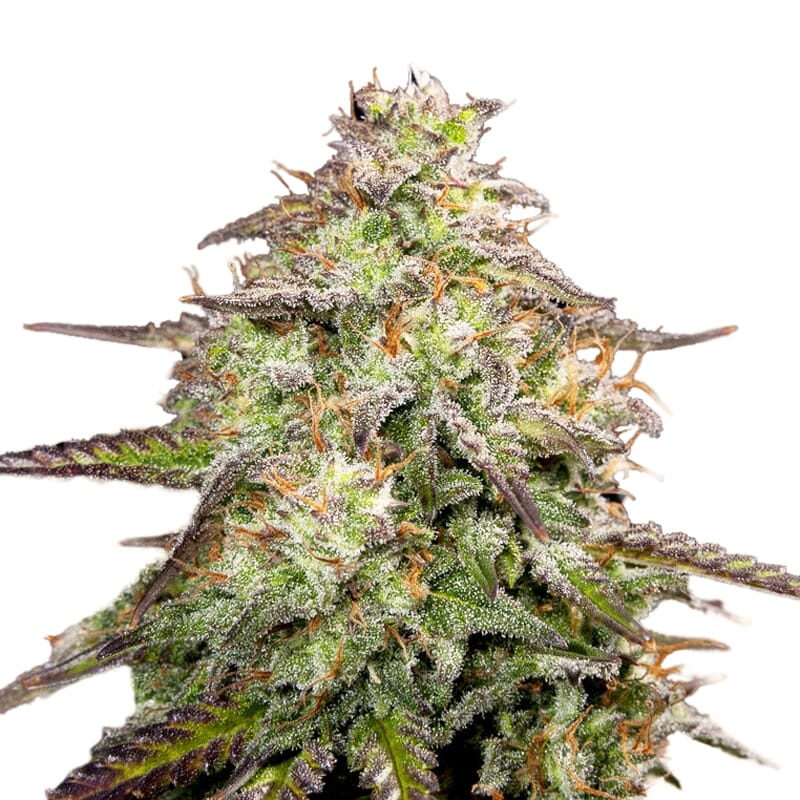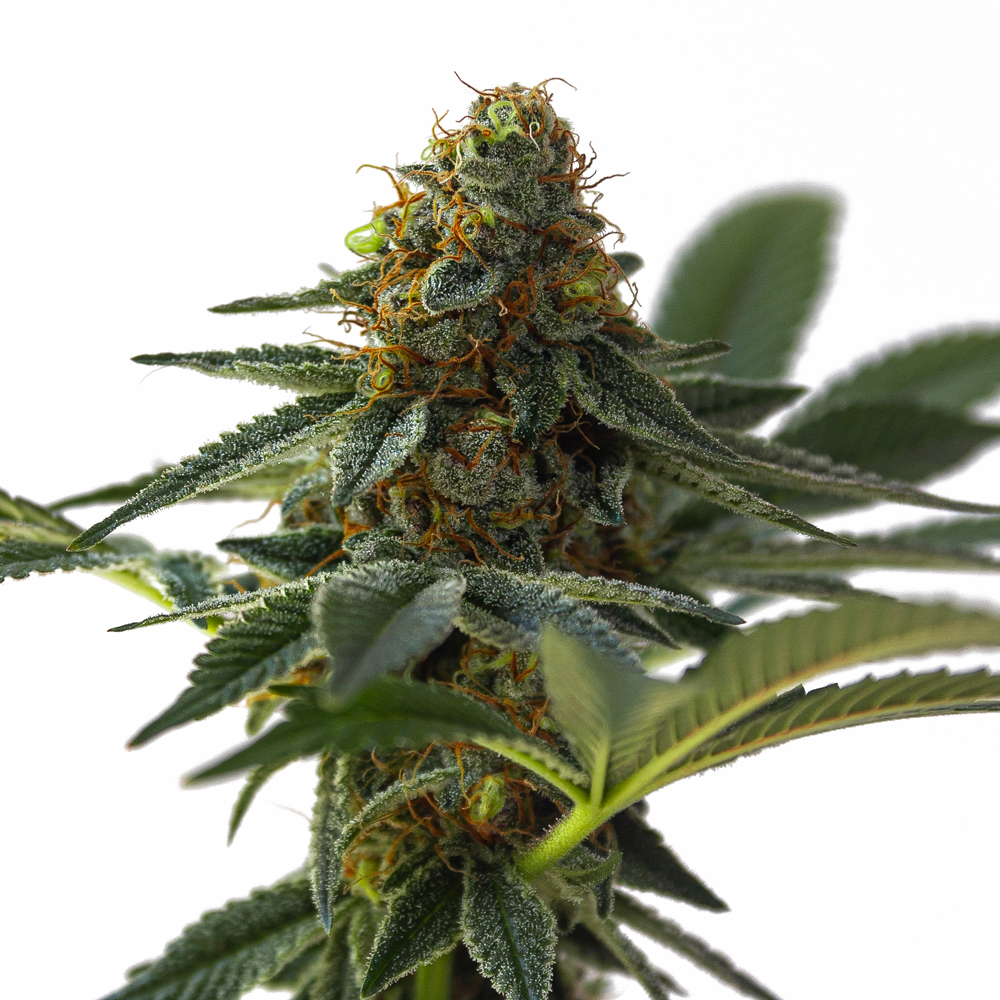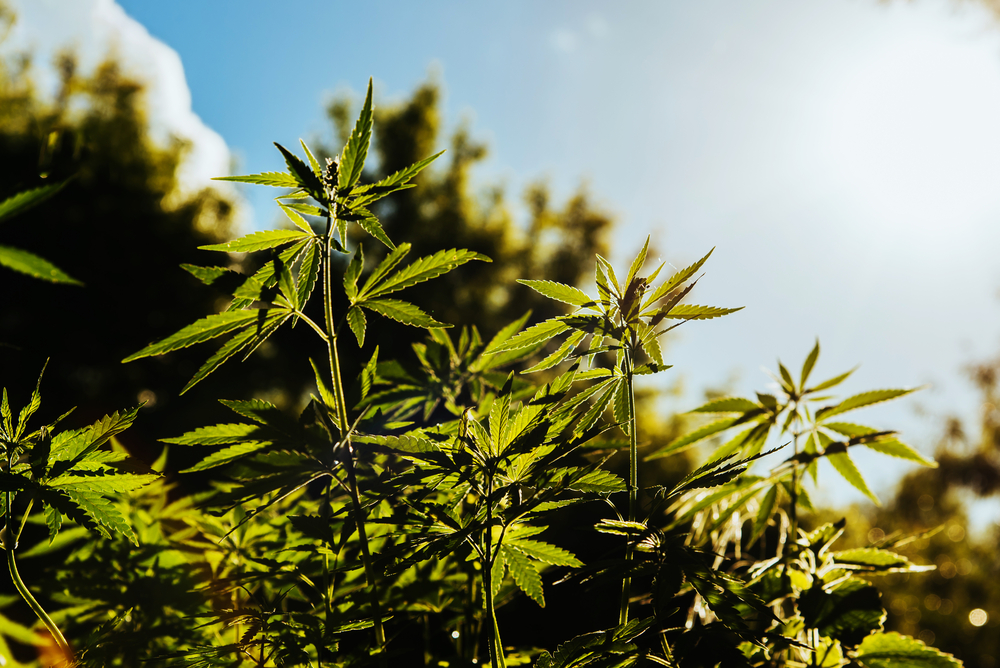Embracing hemp fiber insulation in the construction sector marks an essential stride towards eco-friendliness and sustainability. As our understanding of the impacts of climate change and environmental degradation expands, so does our drive to implement solutions. The urgency to shift to renewable and eco-friendly materials is more prevalent than ever.
The Potential of Hemp for the Construction Industry

The construction industry, a major source of global carbon emissions, is therefore incorporating materials like hemp fiber insulation into its repertoire to reduce its carbon footprint and achieve sustainable growth. These changes are not only a response to environmental needs but also to changing market demands.
More and more, consumers are demonstrating a preference for eco-friendly products and sustainable practices, creating a strong incentive for industries to adapt and innovate. Even governments around the world are acknowledging this shift and are implementing policies and incentives to support the use of eco-friendly materials in construction.
The Production of Hemp Insulation: Components and Challenges

Hemp fiber insulation is produced by transforming the inner woody core of the hemp plant into a fibrous material. This material is then combined with a polyester binder that binds the fibers together, forming an insulating substance. This process, which involves sophisticated machinery and technology, results in panels and batts that resemble the size and form of conventional insulation types. While the renewable nature of hemp fibers aligns with sustainability goals, the use of non-renewable polyester as a binder is a challenge. Manufacturers are therefore continuously exploring other sustainable binders that can replace polyester, increasing the overall sustainability of the product, and contributing to a more circular economy. Furthermore, advancements in technology are making the production process more efficient and cost-effective, making hemp insulation more accessible and affordable.
Evaluating the Efficiency of Hemp Insulation: R-Value Comparison
Thermal resistance or R-value is a critical metric when selecting insulation materials. In this aspect, hemp insulation proves its worth by demonstrating an R-value that competes favorably with traditional materials like mineral wool and fiberglass. This efficiency in preventing undesired heat flow contributes significantly to maintaining a comfortable indoor climate, while also leading to substantial energy savings. With less need for artificial heating or cooling, buildings insulated with hemp can help lower the carbon emissions tied to energy use. Furthermore, the effective insulation capabilities of hemp can also contribute to a reduction in noise pollution, creating a more peaceful living or working environment. This makes hemp insulation a top choice for residential, commercial, and industrial applications.
The Unique Advantage of Moisture Resistance in Hemp Insulation
One of the remarkable attributes of hemp insulation is its natural resistance to moisture. Being vapor permeable, it allows moisture to pass through rather than retaining it within its structure. This characteristic makes it suitable for use in regions with high humidity levels or for structures prone to internal moisture build-up such as bathrooms and kitchens. By not retaining moisture, hemp insulation helps prevent the growth of harmful mold and mildew, safeguarding the health of occupants, and contributing to the longevity of the building structure. Its ability to regulate humidity also contributes to improved indoor air quality, adding to the overall comfort and healthiness of the living or working environment. Therefore, hemp insulation not only serves a functional role but also promotes healthier living spaces.
The Enduring Strength and Versatility of Hemp Fabric

Hemp has a rich history as a resource material. Hemp fabric, in particular, has been used for thousands of years due to its strength and durability. The fabric produced from hemp fibers is known for being extremely strong, making it an excellent choice for many applications, including clothing, upholstery, and other home textiles. Its UV and mold-resistant properties also add to its durability, making it a preferred material for outdoor gear. And unlike synthetic fibers, which can release microplastics during washing, hemp fabric is a more environmentally-friendly option, contributing to a healthier ecosystem. The sustainable nature of hemp fabric coupled with its versatility and strength makes it a material of choice in many sectors including fashion, automotive, and home decor.
Hempcrete: A Durable and Sustainable Construction Alternative
Hempcrete, a concrete substitute made from hemp’s inner woody core mixed with a lime binder, offers another illustration of its durability and versatility. Buildings constructed with hempcrete have a natural ability to regulate indoor temperatures and humidity, creating healthier and more comfortable living environments. As a carbon-negative material, hempcrete not only locks up carbon but also continues to absorb it over its lifespan. Moreover, hempcrete buildings can last hundreds of years, providing a long-lasting, sustainable option for future generations. This has led to a resurgence in the use of hempcrete in modern construction, particularly in green building and sustainable design projects.
Environmental Benefits of Hemp Cultivation
Hemp cultivation itself also offers significant environmental advantages. Hemp is a fast-growing crop that requires little water and no pesticides, making it a sustainable choice for farmers. It also improves soil health by absorbing toxins and preventing soil erosion, playing a crucial role in land restoration and crop rotation. The ability of hemp to grow in various climates and soil types further underscores its potential as a global sustainable solution. The sustainability of hemp farming combined with the utility of the plant’s products makes hemp cultivation a promising avenue for farmers seeking sustainable and profitable crops.
The Potential of Hemp in Biofuel Production and the Food Industry
Hemp’s potential as a source of biofuel is another aspect worth exploring. Biofuels are renewable energy sources made from living or recently living plant materials. Hemp seed oil can be converted into biodiesel, and the plant’s woody core can be used to produce ethanol and methanol. Hemp biofuels can provide a sustainable alternative to fossil fuels, reducing our reliance on non-renewable resources and mitigating the impacts of climate change. Beyond construction and textiles, it also offers significant benefits in the food and beverage industry. Hemp seeds are a rich source of protein, fiber, and healthy fats, making them a nutritious addition to any diet. Hemp seed oil is also valued for its optimal balance of omega-3 and omega-6 fatty acids, which are crucial for human health. The wide range of applications of hemp in various industries illustrates its potential to contribute to a greener and more sustainable future.
Envisioning a Greener Future with Hemp
As we grapple with the environmental challenges of our time, it’s clear that the solution lies in sustainable practices and materials. By embracing hemp in various sectors, we can make significant strides towards a greener future. At AMS, we’re firm believers in hemp’s potential to save the planet. That’s why we not only recommend the use of hemp products but also champion their production and distribution. By doing so, we hope to contribute to a future where hemp and other sustainable materials become the norm, not the exception. The path to sustainability requires collective efforts and hemp undoubtedly holds a crucial place in this journey.
FAQs about Hemp
What are the environmental benefits of hemp cultivation?
Hemp cultivation offers significant environmental advantages. It is a fast-growing crop that requires little water and no pesticides, making it a sustainable choice for farmers. Additionally, hemp improves soil health by absorbing toxins and preventing soil erosion, contributing to land restoration and crop rotation.
What are the advantages of hemp insulation in terms of efficiency?
Hemp insulation demonstrates comparable thermal resistance or R-value to traditional materials like mineral wool and fiberglass. This efficiency in preventing heat flow contributes to energy savings and helps maintain a comfortable indoor climate. Hemp insulation also reduces noise pollution, creating a more peaceful environment.
What is the unique advantage of hemp insulation in terms of moisture resistance?
Hemp insulation has a natural resistance to moisture and is vapor permeable. It allows moisture to pass through instead of retaining it within its structure. This characteristic makes it suitable for regions with high humidity levels and helps prevent the growth of mold and mildew, promoting healthier living spaces.














